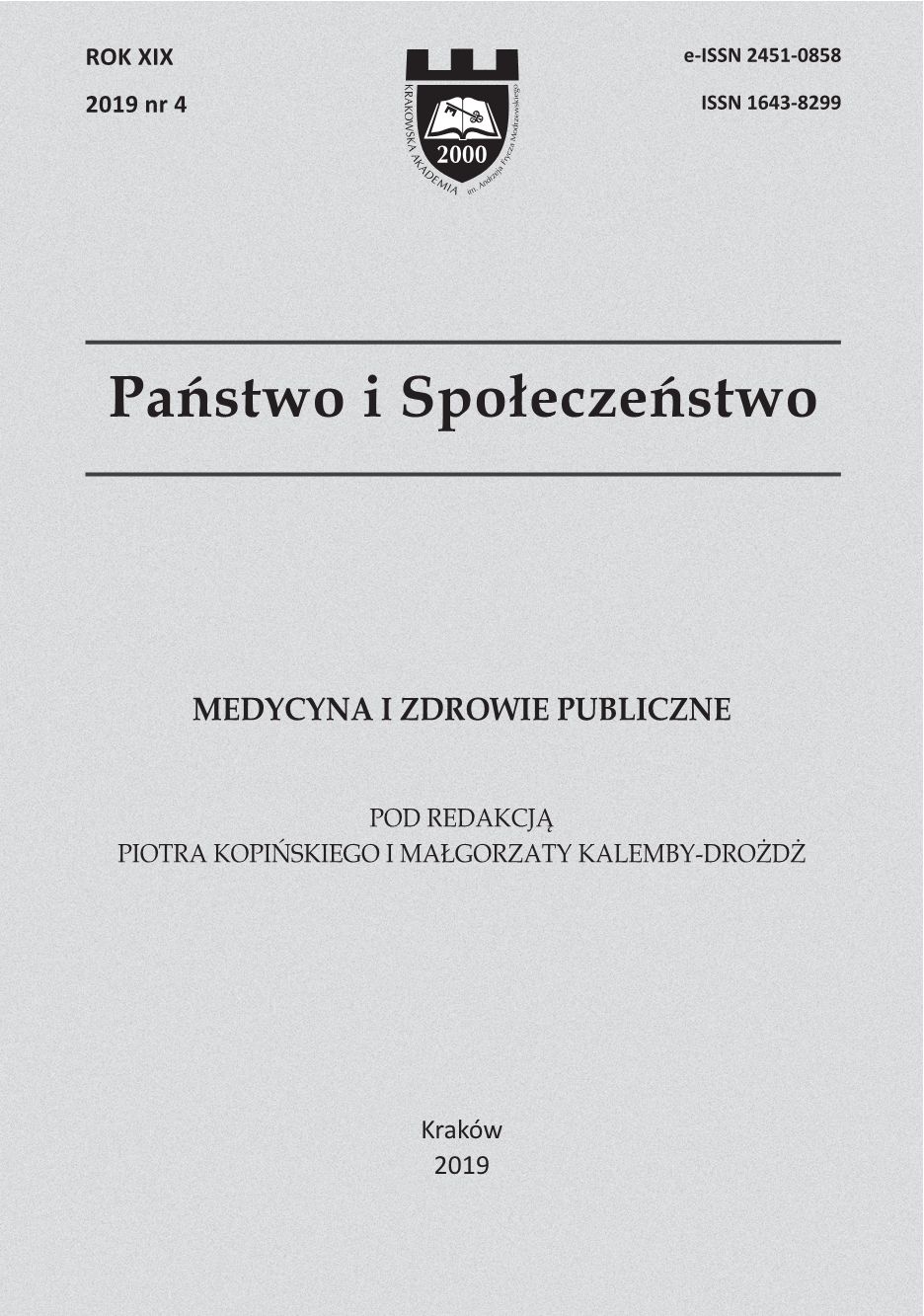Patofizjologiczne mechanizmy migotania przedsionków (AF) jako podstawa skutecznego leczenia w dążeniu do polepszenia jakości życia chorych w świetle aktualnych wytycznych ESC (European Society of Cardiology)
Pathophysiological mechanisms of atrial fibrillation (AF) as the basis for effective treatment in aim to improve patients life quality based on current European Society of Cardiology guidelines
Author(s): Tomasz Senderek, Magdalena Macko, Piotr KopińskiSubject(s): Health and medicine and law
Published by: Oficyna Wydawnicza AFM Uniwersytetu Andrzeja Frycza Modrzewskiego w Krakowie
Keywords: atrial fibrillation; pulmonary vein isolation; quality of life with arrhythmia;
Summary/Abstract: Atrial fibrillation (AF) is one of the most common causes of sudden death, cerebral stroke and heart failure. AF morbidity will increase in the coming years. The disease is precipitated by gene predisposition, diabetes, heart failure, obesity, coronary disease, hypertension and aging. Pathophysiological changes include atrial and coronary arteries remodelling, inflammation, and cardiomyocyte calcium metabolism disorders. Life quality in AF patients is significantly impaired, as compared to healthy people, due to weakness, heart palpitation, dyspnea, chest discomfort and sleep disorders; psychosocial stress occurs as well. Integrated AF management requires 4 areas: patient involvement, multidisciplinary teams, technological tools and access to all currently possible therapies. Diagnosis and control of coexisting diseases, anticoagulant treatment, heart rhythm and heart rate control, as well as education, remarkably improve AF prognosis and life quality. Casual recovery and maintaining the sinus rhythm is important as a part of the integral approach. Prevention of AF recurrence include non-antiarrhythmic medicines (ACEI/ARB, LBA) in heart failure with decreased ejection fraction, as well as in hypertensive cardiomyopathy (ACEI/ ARB). Surgical treatment aims the total isolation of pulmonary veins with more efficient heart rhythm control, as compared to pharmacological management. In paroxysmal AF, percutaneous intervention is a treatment of choice. Surgery can be necessary, if percutaneous intervention either pharmacotherapy is unsuccessful. Coexisting diseases elevate the risk of AF, including AF recurrence and complications. They need to be properly identified and treated in order to optimize the patient management.
Journal: Państwo i Społeczeństwo
- Issue Year: XIX/2019
- Issue No: 4
- Page Range: 129-140
- Page Count: 12
- Language: Polish

